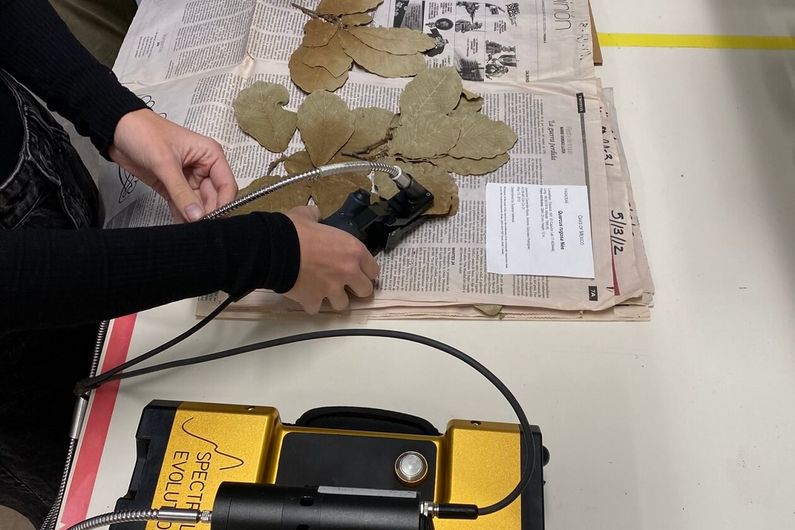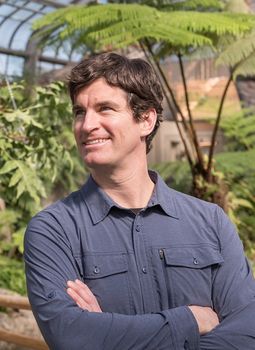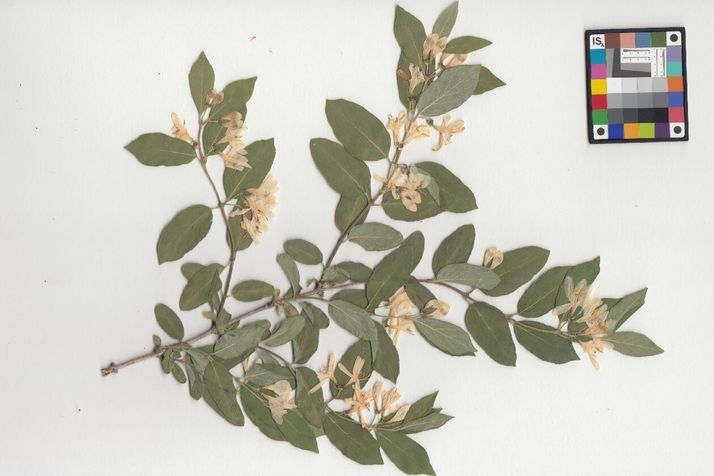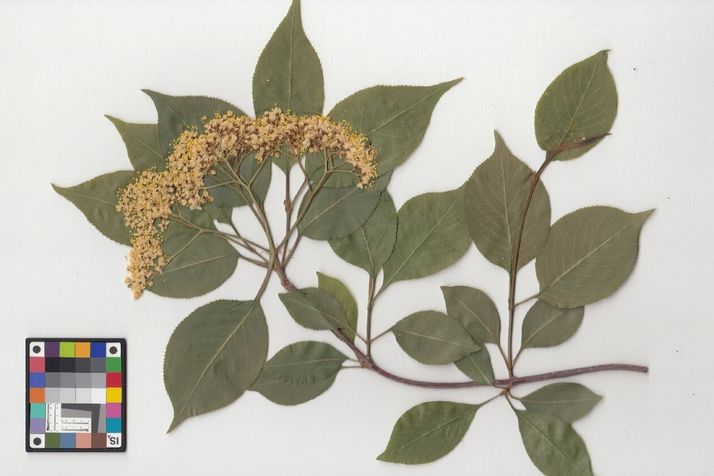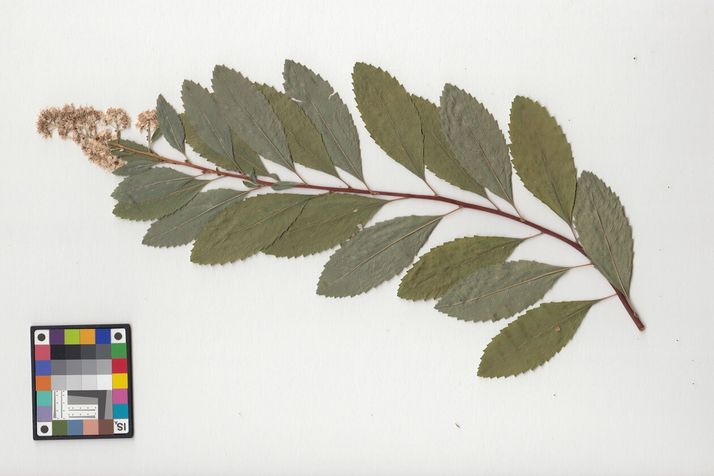A new window into plants of the past
- Salle de presse
09/28/2022
- UdeMNouvelles
Researchers from Université de Montréal and the University of Minnesota have developed a fast, nondestructive way of estimating how millions of dried plant specimens interacted with their environment.
Within the cabinets and drawers of the world’s herbaria are nearly 400 million dried plant specimens. These collections have long served as a vital record of what plant species exist on Earth and where they grow. But hidden within the desiccated leaves, stems, flowers and roots is far more information on how the plants interacted with their environment while they were alive.
Knowing about these “functional traits”— aspects like leaf structure, chemical composition and water content — could help researchers understand how plant communities change over time, and ultimately how we can help ecosystems thrive in the future. However, the only way to learn about these traits from herbarium collections has required destroying bits of the precious specimens.
Now researchers from Université de Montréal and the University of Minnesota have developed a fast, nondestructive way of estimating the functional traits of herbarium specimens. These could include the 635,000 kept at UdeM’s Marie-Victorin Herbarium, the fourth-largest in Canada.
In findings published today in Methods in Ecology and Evolution, the team describes how they used a technique called reflectance spectroscopy, which measures how much light a material reflects at different wavelengths to obtain leaves’ spectroscopic “fingerprints,” or spectra.
More than 600 samples
“Herbaria store plant specimens often decades and sometimes centuries old,” said UdeM biology professor and study co-author Etienne Laliberté. “The non-destructive method we have tested for measuring the chemical composition of these historical specimens can inform us about past environmental conditions these plants were exposed to, and can thus provide baselines to assess current and future environmental changes.”
“Far from just being dead plants in musty drawers, herbaria are some of the most important tools we have to understand the stunning diversity of plant life,” added co-author and former University of Minnesota graduate student Shan Kothari, now a postdoctoral researcher at UdeM. “We hope this method can take its place among the many clever and innovative ways ecologists have repurposed herbarium collections to new ends.”
On more than 600 plant samples from northern temperate and boreal forest biomes of North America, the Canada-U.S. team of researchers measured the spectra of fresh, living leaves; leaves that had been pressed like herbarium specimens; and ground-up leaves. They also measured the leaves’ chemical and structural traits using conventional means.
They then used the data to develop models that use spectra to estimate functional traits and evaluated how well the models performed on new plant samples from the same biomes at Cedar Creek Ecosystem Science Reserve, near Minneapolis-St. Paul. Finally, they tested how well the spectra could be used to tell species apart.
Their findings were three-fold:
- Fresh-leaf spectra yielded the best predictions for traits relating to leaf structure and water content, while ground-leaf spectra worked best for traits relating to leaf chemistry.
- Pressed-leaf spectra yielded very good predictions—usually in between fresh-leaf and ground-leaf spectra. For example, they predicted more than 75% of the variation in leaf nitrogen content and more than 90% of the variation in leaf mass per area.
- Both pressed-leaf and ground-leaf spectra yielded nearly perfect predictions of species identity.
The research offers ecologists a powerful new tool for using biological collections to understand how plant communities change over time, providing insights into how we might best keep ecosystems healthy in the future, said University of Minnesota ecology professor Jeannine Cavender-Bares, who co-authored the study.
“This study opens the door to using the world’s herbarium specimens to study the evolution of functional traits across the plant tree of life,” she said. “It’s a very exciting advance for the integration of ecology and phylogenetics.”
About this study
“Reflectance spectroscopy allows rapid, accurate, and non-destructive estimates of functional traits from pressed leaves,” by Shan Kothari, Rosalie Beauchamp-Rioux, Etienne Laliberté, and Jeannine Cavender-Bares , was published Sept. 28, 2022 in Methods in Ecology and Evolution.
Media contact
-
Jeff Heinrich
Université de Montréal
Tel: 514 343-7593


